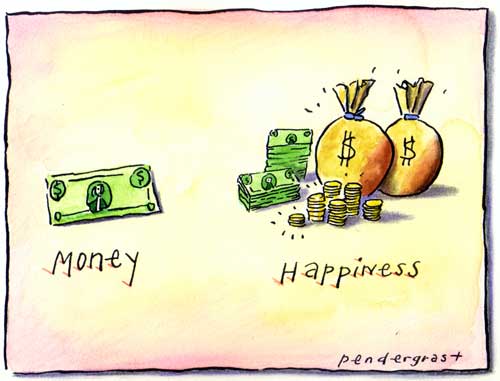The value of price
Price!
For many marketers this is so not sexy. It’s forgotten, in fact for many marketers no longer in their remit, left to the finance folk.
Yet is the most fundamental in so many ways.
It’s the fastest way to change a consumer’s behaviour.
It’s in most instances the immediate cue for quality for a product or service.
It drives our revenue and margin line and in a well-run business it builds sustainability, employing people and allowing further innovation to bring to market.
And yet, for many consumer goods business, services and retailers there seems to be little time and effort focussing on how we set, build and measure our pricing over time and far too much time driving price down across the supply chain and retail.
Marketers will tell us that ‘the customer demands lower price’ or ‘it’s the price we pay for competition. It’s such as easy point to make. We can always be cheaper can’t we? I’ve sat through endless marketing meetings suggesting that cheaper price (usually along with its two companions of control and convenience) are what a consumer wants most.
What else would a customer say when there is not much else to say about the product or retail offering?
Nathan Bush’s commentary that ‘online competition did not kill JeansWest, boring retail did’ is a strong point of view and reveals a real and harsh truth.
If there is lost interest or relevance with an offering what else is there left to do but lower prices?
As consumers continue to have more choice being the fastest or the cheapest no longer works.
As Seth Godin says so succinctly in this video …
‘Sort by price’ does not win. We must ‘Sort by Story’. He argues convincingly that we must carefully consider the story we tell to those who choose to do business with us.
Consider the growth and spend in categories such as beauty, pet grooming and health and wellness and the new narratives that have emerged. While affordability is an issue for many in our community consumers still have choice to spend where they see ‘value’.
And it’s a marketing job to build value.
Building value by understanding the motivations and needs of customers, building a compelling offering and ensuring the price is appropriate and works for the consumer and the business. It’s messy, not easy to and sometimes a real grind however the rewards in building equity over time for marketers should be the ultimate in satisfaction and achievement. In simple terms, building value shouldn’t be about sales alone but rather price improvement over time as small changes has material impact on profit.
A past client (from a blue chip Australian brand) once said something that stuck with me on this matter. He said “No-one ever gets fired for creating efficiency through lowering cost or reducing prices. It’s the easiest way to survive”. This says so much. Are marketers in the business of marketing for growth or marketing for efficiency? Certainly there is an argument that says we should always have a mindset of being prudent and continuously improving however I suspect it’s far easier for many marketers to stay safely in ‘marketing for efficiency’ and throw in a few good sales in the name of ‘sales activation’. It’s low risk and seduces the thinking of achievement thanks to the current fascination of short term metrics and rewards of ‘cost down’ by many organisations. The question remains ‘at what real cost?’ Unfortunately, this may be the harsh truth for the demise of many brands and retailers in Australia.
The brilliant Field & Binet report ‘The Long and short of it’ explains the benefits of both long-term brand building and short term activation and the importance of both. (Important to note, real short term activation not short term discounting).
This work shows how investing for long term growth can reduce price sensitivity, so it can increase margins and build greater profit and shareholder value. Binet succinctly says “Really smart marketers build the brand long-term and activate it efficiently. Building the brand long-term builds up preference for the brand, and then activation converts that preference efficiently into cash. You need to do both jobs because each enhances the other, and you need to do them in balance
The challenge for marketers is three-fold. Coming off the discounting and sales drug, marketing capability and leadership support and investment to build real value. Lastly, it’s in the explanation and measurement of the impact ‘creating value’ over the long term. For many the research tools available may be out of reach (as important as it is). To keep it all very simple I suggest we come back to where we started…… price.
Price sensitivity is a great measure of your business equity. Can you increase your price and maintain your revenue and profits? What’s your base level of sales like when you are not on promotion? What percentage of sales are discounted?
It’s a harsh and brutal reality. Price is great leveller.
In addition to the references mentioned some interesting books to read
William Poundstone “Priceless: the hidden psychology of Value”
Rafi Mohammed “The 1% windfall: How successful companies use price and profit to profit and grow”




